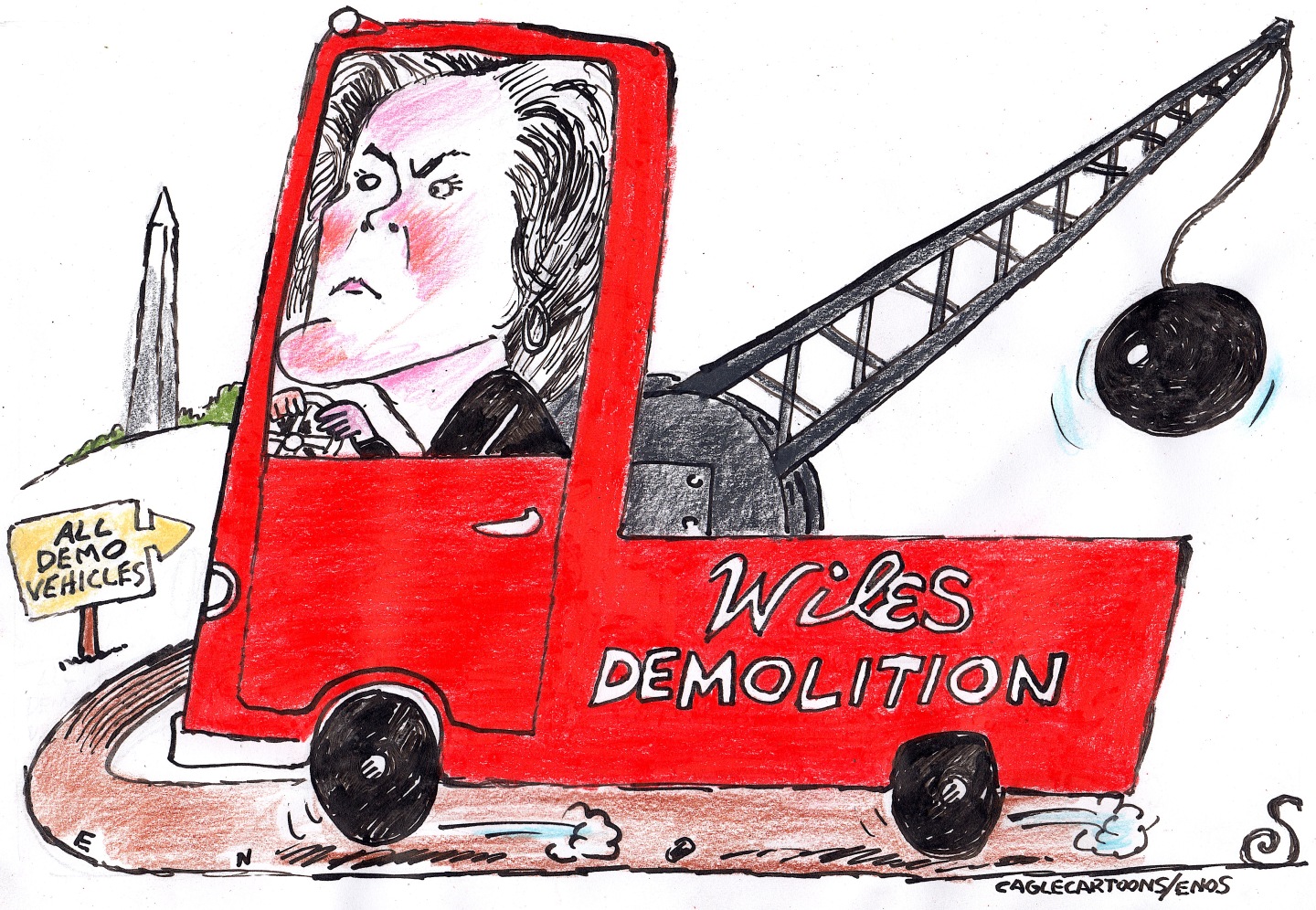Exhibit of the week: Degas and the Nude
The Museum of Fine Arts in Boston has brought together 160 of Degas's paintings, prints, drawings, and pastels of nude women.
Museum of Fine Arts, Boston
Through Feb. 5
Forget the ballerinas and racehorses, said Bill Van Siclen in The Providence Journal. Edgar Degas (1834–1917) was “never more completely himself than when painting and drawing nudes.” Degas’s most popular works, depictions of sprinting racehorses and dancers in arabesque, are “so full of colorful background” that it’s easy to overlook the presence of “the cool, even icily aloof artist” manipulating the action. “Not so with the nudes, who literally have nowhere to hide and nothing to hide it with.” At first blush “Degas and the Nude,” which features scores of images of women captured in awkward poses, with their faces turned from the viewer, suggests that the artist possessed the “cruel” and degrading eye of a misogynist. But he seems to have wanted to reinvent the nude for a modern audience. Perhaps he was simply trying to see the human figure as it is, not prettified or romanticized.
The Week
Escape your echo chamber. Get the facts behind the news, plus analysis from multiple perspectives.

Sign up for The Week's Free Newsletters
From our morning news briefing to a weekly Good News Newsletter, get the best of The Week delivered directly to your inbox.
From our morning news briefing to a weekly Good News Newsletter, get the best of The Week delivered directly to your inbox.
He shouldn’t be let off so easy, said Peter Schjeldahl in The New Yorker. Degas was no doubt “the supreme draftsman of the impressionist generation,” but the evidence of the 160 paintings, prints, drawings, and pastels in this “wonderful and weird show” suggests that he was an oddly arrogant brand of voyeur: He was “addicted to views, usually from behind, of women in oblivious, intimate actions, such as bathing or combing their hair.” And yet there is no “carnal spark” whatsoever to the images he created. Though Degas was rivaled only by Picasso in his command of the female form, everything about his gaze suggests a “lofty indifference.” He “seems to create his women, as if they were all Eves—even a chubby prostitute scratching her buttocks—and he God.”
Certainly no other 19th-century artist seems to have harbored “such complicated feelings about women,” said Sebastian Smee in The Boston Globe. But an artist doesn’t spend his life “drawing and painting women in situations of extreme intimacy without feeling something richer, deeper, and more sympathetic” than the brutality often ascribed to Degas. While he’s plainly unkind to the prostitutes who appear in his “notorious” series of monotypes depicting scenes inside Paris’s brothels, his major works have a “hot and cold dynamic unlike anything else” you’re likely to find in a gallery. In his best nudes, his “machine-like detachment is in constant tension with a sustained engagement that is sensual, marveling, and tactile.” Seen here, in “room after jaw-dropping room,” they now look like “some of the greatest nudes in the history of Western art.”
A free daily email with the biggest news stories of the day – and the best features from TheWeek.com
-
 5 fairly vain cartoons about Vanity Fair’s interviews with Susie Wiles
5 fairly vain cartoons about Vanity Fair’s interviews with Susie WilesCartoon Artists take on demolition derby, alcoholic personality, and more
-
 Joanna Trollope: novelist who had a No. 1 bestseller with The Rector’s Wife
Joanna Trollope: novelist who had a No. 1 bestseller with The Rector’s WifeIn the Spotlight Trollope found fame with intelligent novels about the dramas and dilemmas of modern women
-
 Codeword: December 20, 2025
Codeword: December 20, 2025The daily codeword puzzle from The Week